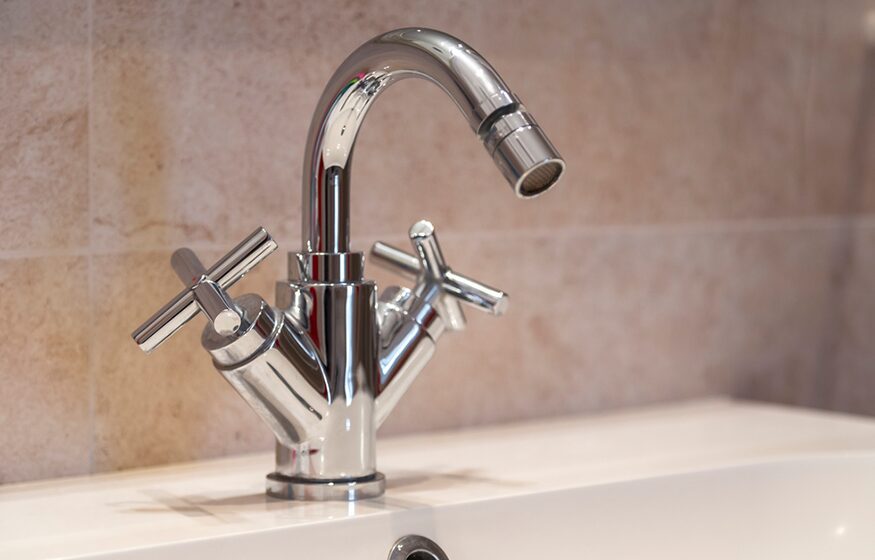A dripping sound echoing from the bathroom can be more than just a minor annoyance; it can be a sign of a leaking bathtub faucet. Left unattended, this seemingly small problem can lead to increased water bills and potential damage. Luckily, with a few tools and some patience, homeowners can usually tackle this issue without…
READ MORE PLUMBING ARTICLES
By Made’s Plumbing
Ensuring Safe Water in Arlington, TX With Service Line Inspections
Headline stories like what happened in Flint, Michigan several years back have been a reminder…
Plumbing Myths in Arlington, TX: What Property Owners Should Know
Since the time we’re kids we hear all kids of plumbing myths. From the ridiculous,…
What to Do in a Plumbing Emergency: Tips for Arlington Residents
Experiencing a plumbing emergency in your Arlington, TX home is way more stressful than regularly…
Drop Us a Line!









